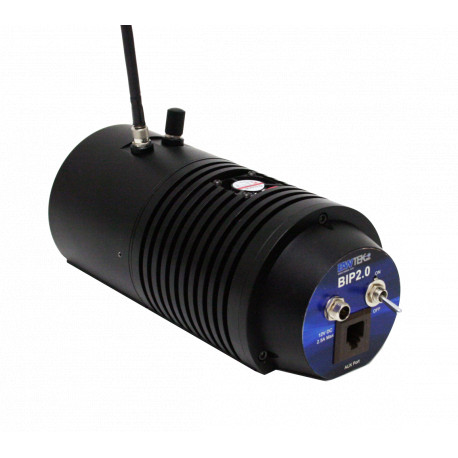Fiber Optic Collimating Lenses

Reference number: BWT-BIP2.0
Compact, fiber-coupled Ulbricht Kugle with integrated, long-life 20 W halogen lamp Light source from B&W Tek for the spectral range from 350 nm to > 2600nm.

